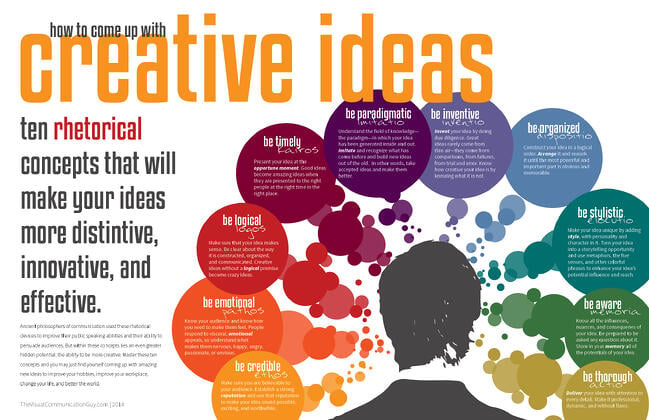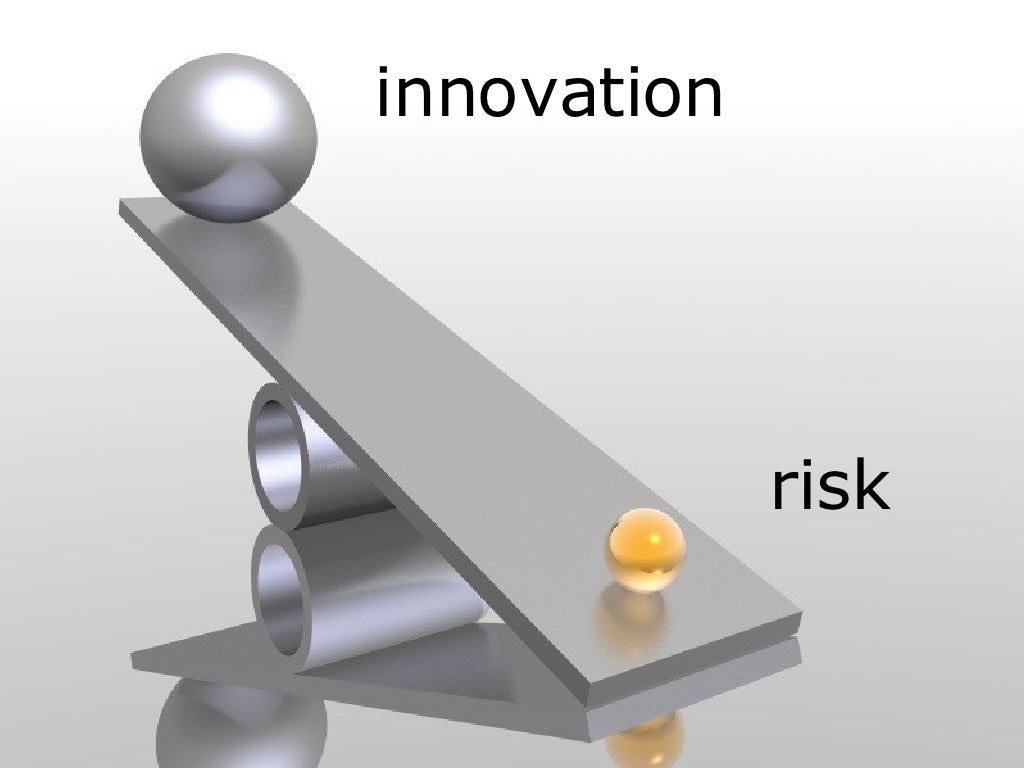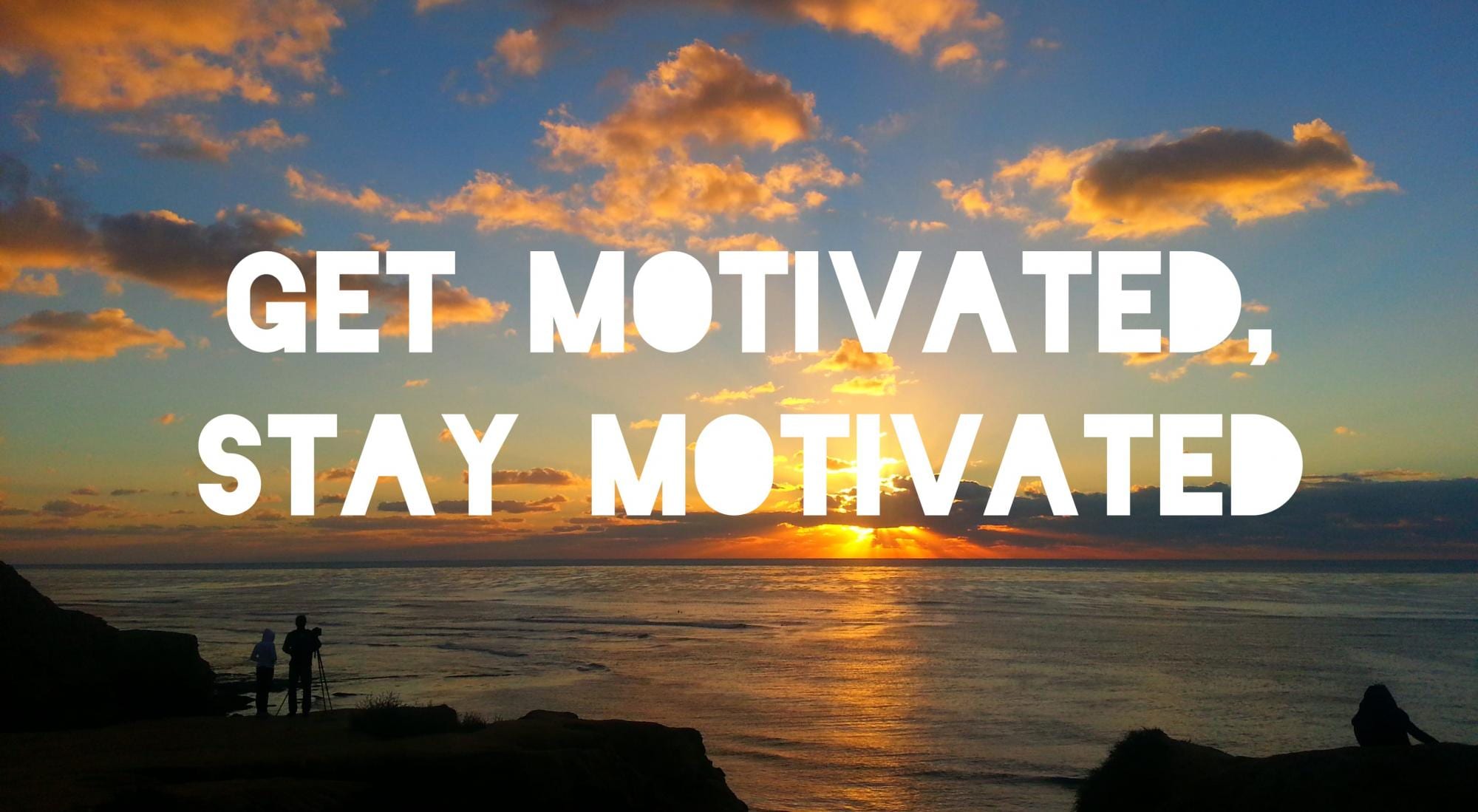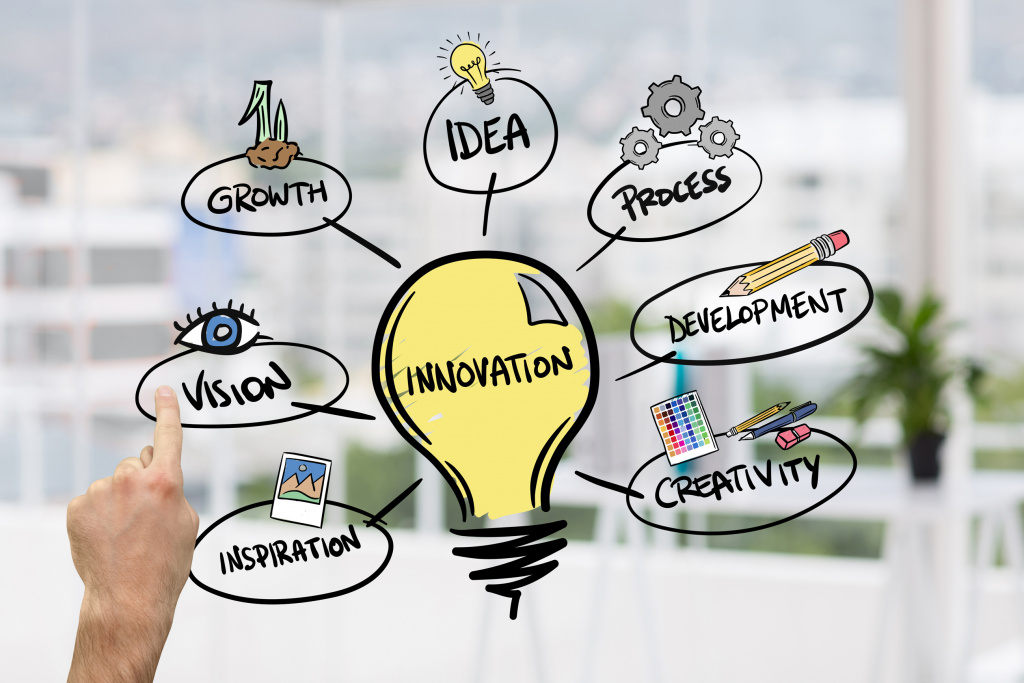What Drives Creativity: Understanding the Psychology Behind Innovative Thinking
Creativity is a complex and multifaceted concept that has been studied by psychologists, neuroscientists, and educators for decades. At its core, creativity is the ability to generate new and original ideas, products, or solutions. But what drives this process? What are the psychological factors that contribute to creative thinking?
Research has shown that curiosity is a key driver of creativity. When we are curious, we are more likely to ask questions, seek out new information, and explore novel possibilities. This curiosity can lead to a deeper understanding of the world around us and can inspire new ideas and insights.
Motivation is another important factor in creative thinking. When we are motivated, we are more likely to take risks, experiment with new approaches, and persist in the face of challenges. This motivation can come from a variety of sources, including personal interests, values, and goals.
Risk-taking is also a critical component of creative thinking. When we take risks, we open ourselves up to new experiences, challenges, and opportunities. This can lead to a greater sense of confidence, resilience, and creative competence.
Fortunately, these psychological factors can be cultivated and developed over time. By practicing curiosity, motivation, and risk-taking, we can enhance our creative thinking and become more innovative and effective problem-solvers. This, in turn, can lead to greater success and fulfillment in our personal and professional lives.
For example, companies like Google and Apple have incorporated creative thinking into their corporate cultures, encouraging employees to take risks, experiment with new ideas, and collaborate with others. This has led to some of the most innovative and successful products and services in recent history.
By understanding the psychology behind innovative thinking, we can unlock the power of creativity and imagination in our own lives. Whether we are artists, designers, entrepreneurs, or simply individuals looking to make a positive impact, cultivating creative thinking can help us achieve our goals and realize our full potential.
How to Think Outside the Box: Strategies for Generating New Ideas
Thinking outside the box is a crucial aspect of creative and innovative thinking. It involves generating new and original ideas, often by challenging conventional wisdom and exploring unconventional solutions. But how can we cultivate this type of thinking?
One effective strategy is brainstorming. This involves gathering a group of people together to generate as many ideas as possible within a set timeframe. The goal is to create a relaxed and non-judgmental atmosphere where people feel free to share their thoughts and ideas.
Mind mapping is another powerful tool for generating new ideas. This involves creating a visual map of ideas, using words, images, and colors to create a web of associations and connections. Mind maps can help to stimulate creative thinking and identify new patterns and relationships.
SCAMPER is a mnemonic device that can help to stimulate creative thinking. It stands for Substitute, Combine, Adapt, Modify, Put to Another Use, Eliminate, and Rearrange. By applying these different techniques to existing ideas or products, we can generate new and innovative solutions.
For example, the inventor of the Post-it Note, Dr. Spencer Silver, used a combination of brainstorming and experimentation to develop his innovative product. He was trying to develop a strong adhesive, but ended up creating a weak, pressure-sensitive adhesive instead. However, he realized that this could be used to create small, removable notes, and the Post-it Note was born.
Similarly, the founders of Airbnb used a combination of brainstorming and prototyping to develop their innovative platform. They started by creating a simple website and testing it with a small group of users, and then iterated and refined their design based on feedback and results.
By using these strategies, we can cultivate our ability to think outside the box and generate new and innovative ideas. Whether we are entrepreneurs, artists, or simply individuals looking to make a positive impact, creative thinking can help us to achieve our goals and realize our full potential.
The Art of Observation: How to Find Inspiration in Everyday Life
Observation is a crucial aspect of the creative process. By paying attention to the world around us, we can gather inspiration, identify patterns, and develop new ideas. But how can we cultivate this skill?
One way to improve our observation skills is to slow down and pay attention to details. In today’s fast-paced world, it’s easy to get caught up in our busy lives and overlook the small things. However, it’s often these small details that can lead to big ideas.
For example, the inventor of the Velcro fastener, Swiss engineer Georges de Mestral, was inspired by the way burrs stuck to his clothing during a hunting trip. He observed the way the burrs’ tiny hooks caught onto fabric, and used this observation to develop the first Velcro fasteners.
Similarly, the artist Claude Monet was inspired by the play of light on water. He observed the way the light danced across the surface of the water, and used this observation to create his famous impressionist paintings.
By paying attention to the world around us, we can gather inspiration and develop new ideas. We can observe the way people interact with each other, the way objects are designed, and the way systems work. We can use these observations to identify patterns, develop new concepts, and create innovative solutions.
Additionally, observation can be used to identify problems and opportunities. By paying attention to the world around us, we can identify areas where things are not working as well as they could be, and develop new solutions to address these problems.
For instance, the founders of Warby Parker, an eyewear company, observed that buying glasses was a frustrating and expensive experience. They used this observation to develop a new business model that made glasses more affordable and accessible.
By cultivating our observation skills, we can become more creative and innovative thinkers. We can use our observations to develop new ideas, identify patterns, and create innovative solutions. Whether we are artists, designers, entrepreneurs, or simply individuals looking to make a positive impact, observation is a powerful tool that can help us achieve our goals.
Cultivating a Creative Environment: How to Foster Innovation in Your Workspace
The physical and social environment can have a significant impact on creative thinking. A well-designed workspace can foster innovation, encourage collaboration, and stimulate imagination. But what makes a workspace conducive to creativity?
Lighting is a crucial aspect of a creative environment. Natural light, in particular, can have a profound impact on mood and productivity. Studies have shown that workers who are exposed to natural light are more likely to be creative, productive, and happy.
Color is another important factor in a creative environment. Different colors can evoke different emotions and stimulate different types of thinking. For example, blue is often associated with calmness and clarity, while red is associated with energy and excitement.
Collaboration is also essential for creative thinking. Working with others can stimulate new ideas, encourage diverse perspectives, and foster a sense of community. Open-plan offices, co-working spaces, and collaborative workspaces are all designed to facilitate collaboration and creativity.
For example, the tech giant Google is famous for its innovative workspace design. The company’s offices are designed to be collaborative, flexible, and fun, with features like nap pods, game rooms, and outdoor workspaces. This type of environment encourages creativity, innovation, and experimentation.
Another example is the design firm IDEO, which is known for its human-centered design approach. The company’s workspace is designed to be collaborative and flexible, with features like whiteboard walls, prototyping labs, and outdoor workspaces. This type of environment encourages creativity, experimentation, and innovation.
By designing a workspace that encourages creativity, collaboration, and innovation, individuals and organizations can foster a culture of creative thinking. This can lead to new ideas, new products, and new services that can drive business success and personal fulfillment.
Some tips for designing a creative workspace include:
- Use natural light and color to stimulate creativity and mood
- Encourage collaboration and flexibility through open-plan offices and co-working spaces
- Provide amenities like nap pods, game rooms, and outdoor workspaces to foster relaxation and inspiration
- Use whiteboard walls, prototyping labs, and other tools to facilitate experimentation and creativity
By following these tips, individuals and organizations can create a workspace that fosters creativity, innovation, and success.
Embracing Failure: The Importance of Experimentation and Risk-Taking in Creative Pursuits
Failure is an inevitable part of the creative process. Every successful innovator, artist, or entrepreneur has experienced failure at some point in their journey. However, it’s how we respond to failure that matters. By embracing failure and using it as an opportunity to learn and grow, we can develop the skills and resilience needed to succeed in our creative pursuits.
Experimentation is a key component of the creative process. It involves trying new things, taking risks, and exploring new ideas. However, experimentation also involves the risk of failure. By embracing this risk, we can develop the courage and confidence needed to pursue our creative visions.
For example, Thomas Edison, the inventor of the light bulb, is famously quoted as saying, “I have not failed. I’ve just found 10,000 ways that won’t work.” Edison’s persistence and willingness to experiment ultimately led to the development of the light bulb, one of the most important inventions of the 20th century.
Similarly, J.K. Rowling, the author of the Harry Potter series, was rejected by 12 publishers before one finally agreed to publish her book. Rowling’s perseverance and willingness to take risks ultimately led to the creation of one of the most successful book series of all time.
By embracing failure and experimentation, we can develop the skills and resilience needed to succeed in our creative pursuits. We can learn from our mistakes, adapt to new situations, and develop the confidence and courage needed to pursue our creative visions.
Some tips for embracing failure and experimentation include:
- View failure as an opportunity to learn and grow
- Be willing to take risks and try new things
- Develop a growth mindset and be open to feedback and criticism
- Learn from your mistakes and use them as a chance to improve
- Stay persistent and motivated, even in the face of failure
By following these tips, we can develop the skills and resilience needed to succeed in our creative pursuits. We can learn from our failures, adapt to new situations, and develop the confidence and courage needed to pursue our creative visions.
Staying Ahead of the Curve: How to Stay Inspired and Motivated in a Rapidly Changing World
The world is changing at an incredible pace, and it’s easy to get left behind. To stay ahead of the curve, it’s essential to stay inspired and motivated. But how can we do this?
Continuous learning is key. By staying up-to-date with the latest trends, technologies, and innovations, we can stay ahead of the curve and stay inspired. This can involve reading books, attending conferences, and taking online courses.
Networking is also crucial. By connecting with others in our industry, we can learn from their experiences, share our own knowledge, and stay inspired. This can involve attending events, joining online communities, and reaching out to people on social media.
Seeking out new experiences is also essential. By trying new things, taking risks, and stepping outside our comfort zones, we can stay inspired and motivated. This can involve traveling, trying new hobbies, and taking on new challenges.
For example, the entrepreneur Richard Branson is known for his love of adventure and his willingness to take risks. He has started numerous businesses, including Virgin Airlines and Virgin Galactic, and has stayed inspired and motivated throughout his career.
Similarly, the artist and inventor, Leonardo da Vinci, was known for his curiosity and his love of learning. He was a true Renaissance man, and his work in art, science, and engineering continues to inspire and motivate people to this day.
By staying inspired and motivated, we can stay ahead of the curve and achieve our goals. We can learn from others, stay up-to-date with the latest trends and technologies, and seek out new experiences that challenge us and inspire us.
Some tips for staying inspired and motivated include:
- Stay curious and keep learning
- Network with others and share knowledge and experiences
- Seek out new experiences and take risks
- Stay positive and focused on your goals
- Take breaks and practice self-care
By following these tips, we can stay inspired and motivated, even in a rapidly changing world.
Collaboration and Co-Creation: The Power of Working with Others to Drive Innovation
Collaboration and co-creation are powerful tools for driving innovation. By working with others, we can bring together diverse perspectives, share knowledge, and tap into collective creativity. This can lead to new ideas, new products, and new services that might not have been possible alone.
One of the key benefits of collaboration is the ability to tap into diverse perspectives. When we work with others, we can bring together people with different backgrounds, experiences, and expertise. This can help to identify new opportunities, challenge assumptions, and develop innovative solutions.
Shared knowledge is another important aspect of collaboration. When we work with others, we can share our knowledge and expertise, and learn from others. This can help to fill gaps in our understanding, identify new opportunities, and develop innovative solutions.
Collective creativity is also a key benefit of collaboration. When we work with others, we can tap into the collective creativity of the group. This can help to generate new ideas, develop innovative solutions, and bring new products and services to market.
For example, the development of the iPhone was a collaborative effort between Apple’s designers, engineers, and software developers. The team worked together to bring together diverse perspectives, share knowledge, and tap into collective creativity. The result was a revolutionary new product that changed the way we communicate and access information.
Similarly, the development of the Linux operating system was a collaborative effort between a community of developers. The team worked together to share knowledge, tap into collective creativity, and develop a new operating system that was free, open-source, and highly customizable.
By working together, we can achieve far more than we could alone. We can bring together diverse perspectives, share knowledge, and tap into collective creativity. This can lead to new ideas, new products, and new services that might not have been possible alone.
Some tips for successful collaboration include:
- Bring together diverse perspectives and expertise
- Share knowledge and learn from others
- Tap into collective creativity and generate new ideas
- Establish clear goals and objectives
- Communicate effectively and work together as a team
By following these tips, we can harness the power of collaboration and co-creation to drive innovation and achieve our goals.
From Idea to Reality: How to Turn Your Creative Vision into a Tangible Reality
Turning a creative idea into a tangible reality can be a challenging but rewarding process. It requires a combination of creativity, technical skills, and perseverance. In this article, we will explore the steps involved in bringing a creative idea to life, from prototyping to testing and iteration.
Prototyping is the first step in turning a creative idea into a tangible reality. It involves creating a rough model or mockup of the idea, which can be used to test and refine the concept. Prototyping can be done using a variety of techniques, including sketching, 3D modeling, and rapid prototyping.
Testing is an essential part of the creative process. It involves putting the prototype through a series of tests to identify any flaws or areas for improvement. Testing can be done using a variety of methods, including user testing, usability testing, and performance testing.
Iteration is the process of refining and improving the prototype based on the results of testing. It involves making changes to the design, functionality, or other aspects of the prototype to make it more effective, efficient, or appealing. Iteration can be a time-consuming process, but it is essential for creating a high-quality final product.
For example, the development of the iPhone was a long and iterative process. Apple’s designers and engineers worked tirelessly to refine and improve the design, functionality, and user experience of the phone. The result was a revolutionary new product that changed the way people communicate and access information.
Similarly, the development of the Tesla electric car was a complex and iterative process. Elon Musk and his team worked to refine and improve the design, functionality, and performance of the car, resulting in a high-quality final product that has disrupted the automotive industry.
By following these steps, creatives can turn their ideas into tangible realities. Whether it’s a product, service, or experience, the key is to be willing to take risks, experiment, and iterate until the desired outcome is achieved.
Some tips for turning a creative idea into a tangible reality include:
- Start with a clear and well-defined idea
- Create a prototype to test and refine the concept
- Conduct thorough testing and iteration to identify areas for improvement
- Be willing to take risks and experiment with new approaches
- Collaborate with others to bring diverse perspectives and expertise to the project
By following these tips, creatives can turn their ideas into tangible realities that have the potential to make a positive impact on the world.







